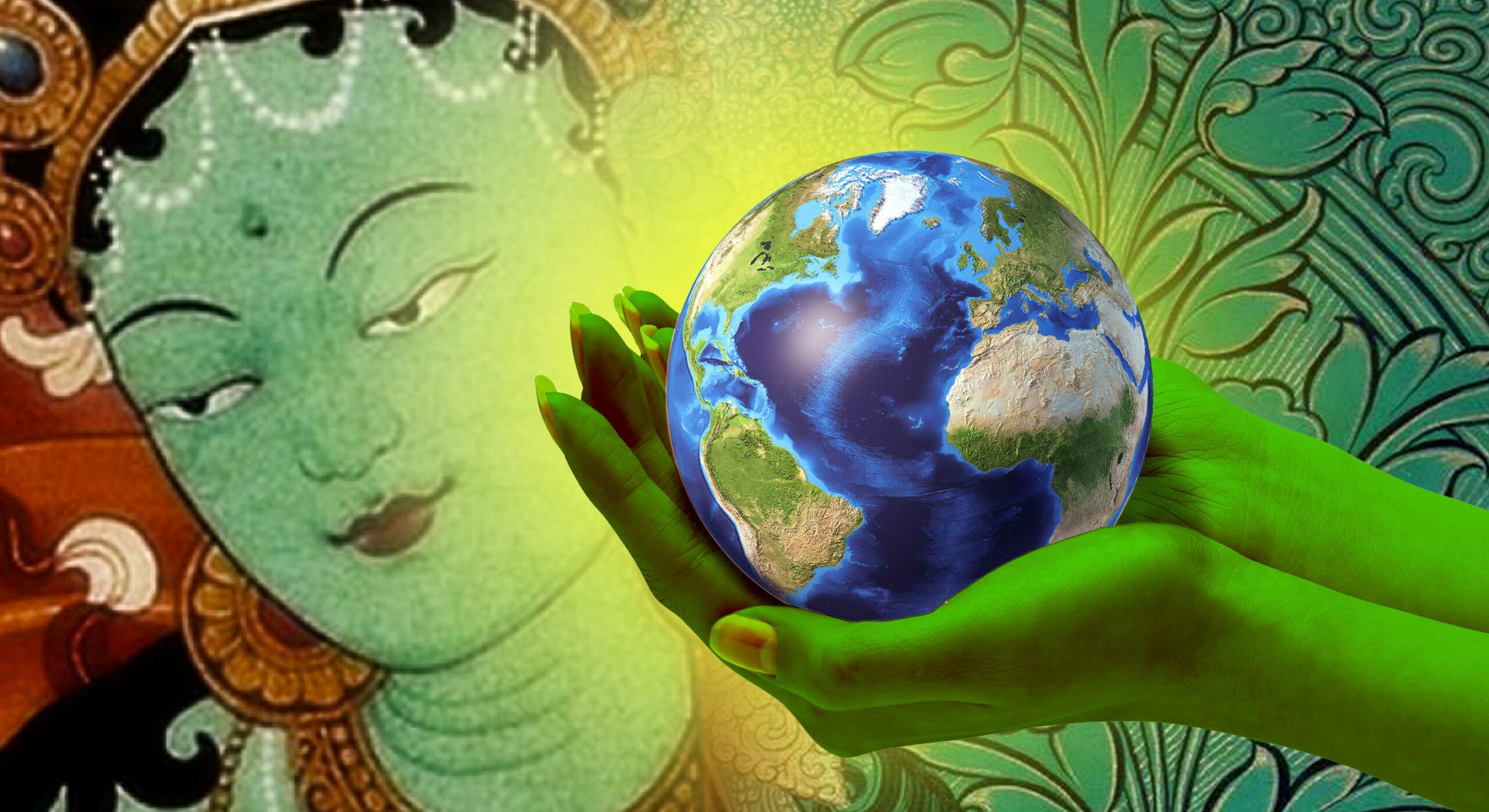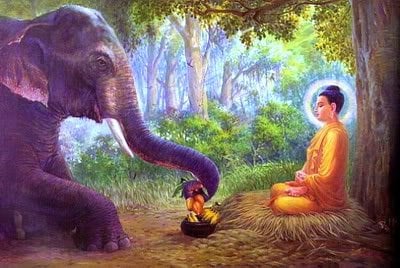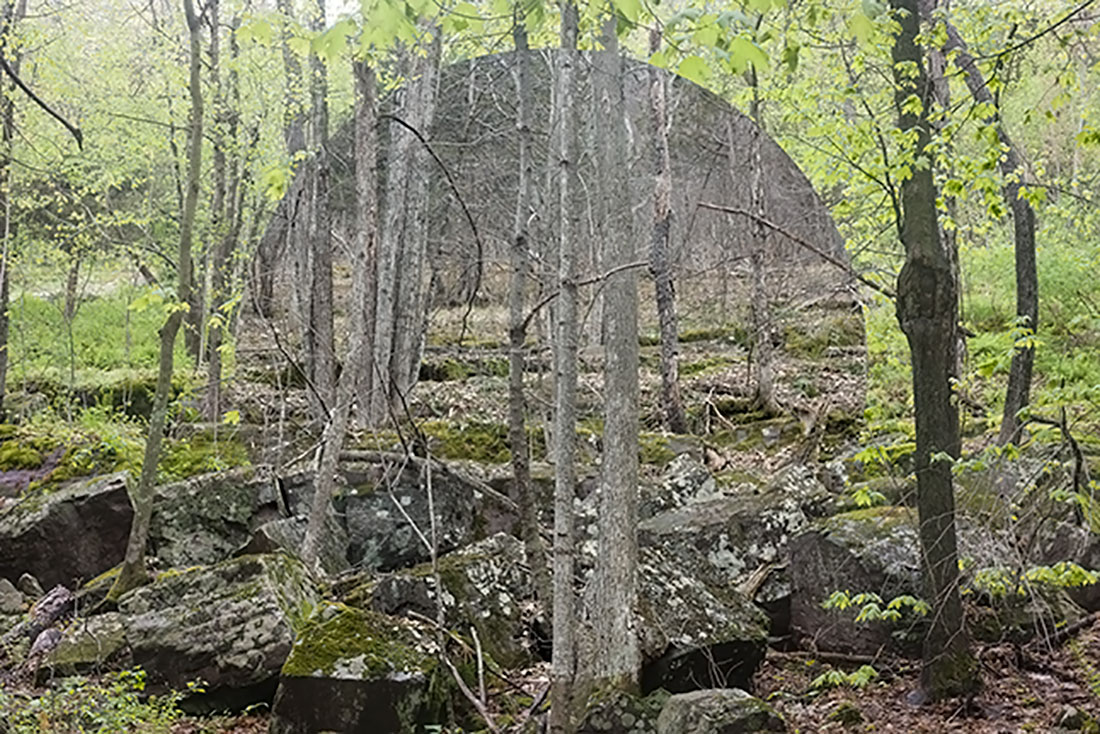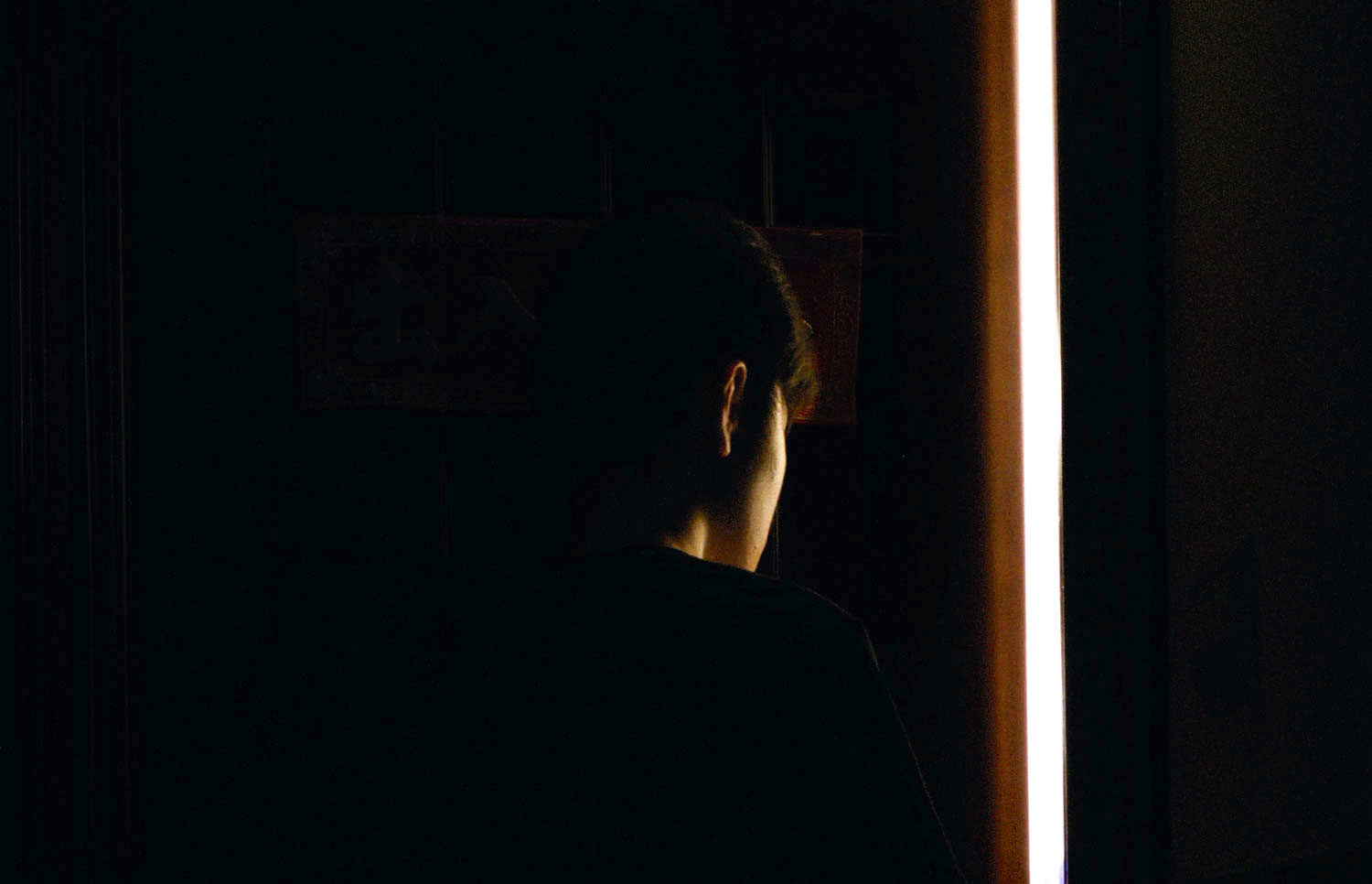Knowing the World As a Sacred Place by Jason Espada — a Vajrayana View (Special for Earth Day)
An Invitation to the Vajrayana View By Jason Espada Jason Espada’s Website – Living in Beauty We are not here on Earth to be alone, but to be a part of a living community, a web of life in...

We are not here on Earth to be alone, but to be a part of a living community, a web of life in which all is sacred… this is something we each need to rediscover and honor anew… – Llewelyn Vaughn-Lee
If we begin with the view that this world is sacred, then everything that spiritual traditions teach us follows naturally.
This earth, and all that is in it is sacred: the trees, the mountains, and the rivers;
the fertile soil, the flowering plants, and the forests;
the air we breathe, and the sunlight, and the rain;
{Indigenous peoples, and all those who follow wisdom traditions have always known this, and it has sustained them}
Our bodies, breath, and movement are sacred, and those of all other people;
Our senses, our music and art, and silence;
And other species too- all these can be known without a doubt as sacred…
Knowing this brings great equality, solidarity, and affection, and we can begin to use words to describe our experience in this world such as
wonder, and awe, and exultation; reverence; holiness, divinity, blessings, and miracles.
This Essay by Jason Espada is from his collection “Opening the Door to Pure Perception.” You are invited to download his wonderful essays (note: this is a PDF download link)>> Composite feature image from Buddha Weekly illustrated Tara’s green hands cradling the Earth.
Composite feature image from Buddha Weekly illustrated Tara’s green hands cradling the Earth.
A person with an ordinary view would not even dream of using such terms. For the time being at least, they are not in his or her vocabulary.
Spiritual traditions are here for us to know the sacred fully, and to share our knowledge.
We can see how life is when we are without this essential spiritual view- witness all the exploitation, and neglect, prejudice, and despair there is in the world. Beginning with an enlightened world view, by comparison, there are more possibilities, as well as the energy and inspiration to accomplish our aims on this earth.
To say it plainly, our world view is expressed in what we value, and what we feel is possible.
The prevalent world view at this time, tragically, is that of an impoverished scientific materialism, that excludes beauty and poetry, and so many aspects of our lives here. Remarkably, even the Buddhist traditions that have made their way to the West during the last century are mostly based on this limited view of ourselves and our world. It seems almost as though we walk on a different earth. We are all a part of something magnificent here, if only we knew it!
Once you see the sacred nature of this world, and all that is in it, you’ll wonder how you could have missed it for so long; you’ll grieve the loss, but then quickly turn to encourage others as much as you can, and you’ll find you have abundant resources at hand for your work.
II. The Vajrayana Perspective
The starting point in Vajrayana Buddhism is an enlightened world view, one that affirms our spiritual nature, and the spiritual nature of all of our ancestry, and our world. This is how it can function as a spiritual path.
It is a view that includes the understanding of samsara and liberation, delusion, the six realms, and enlightenment, and Buddha Activity;
There are angels, and saints, and Buddhas and bodhisattvas everywhere, pervading all conscious life;
Our inherent Buddha Nature has traditionally been described as being ‘like oil in sesame’, or ‘like butter in milk’, as it’s said, ‘only needing to be churned’ to reveal what is within. The meaning is that we need only practice the teachings to know these things for ourselves.
If you ask, What is a Buddha? and, What is Buddha Activity? we can look at mythology, art and iconography-
Manjushri illumines, and cuts through illusion
Avalokiteshvara with one thousand arms, each with a different implement, shows us something of the innate creativity of our compassion;
The Healing Buddha cures all sorrow and affliction;
And Tara, ever youthful, quick to respond, fearless, bold, protects us like a mother, and awakens fresh energy and enthusiasm
– all these bodhisattvas, and more, inspire faith.
As I see it, the difference between the Mahayana and the Vajrayana then, is that in the Varjayana these are not just stories. They are realities we can know and actualize. We ourselves can become Manjushri. We can become Tara.
In the Theravada and in the Mahayana, wrong view is defined as self grasping ignorance. By comparison, in the Vajrayana, wrong view is referred to as mundane view, or ordinary perception. There is this great difference. Sacred Outlook, or Pure Perception is in direct opposition to the narrow, materialistic perspective, and it overcomes it, because it is verifiable for anyone who takes up the invitation.
There are these fresh streams, flowing in the night, and at dawn,
where love is the light we see by…
We take to be ordinary here what is in fact extraordinary in ourselves, and each other, and in the world all around us.
As the Saint Niguma said,
On an island of gold,
You search in vain for common earth and stones…
Now, we may ask, Why don’t we see ourselves and our world this way? This is such an important question- in fact, I’d say it is the urgent question of our time, and of all times. Traditions tell us that it is because of our obscurations, and that these can be cleared away.
Stay away from anything
that obscures the place it is in.
There are no unsacred places;
there are only sacred places
and desecrated places…
– Wendell Berry
 Buddha taught and lived mostly in the forests, close to Earth and nature.
Buddha taught and lived mostly in the forests, close to Earth and nature.
Our view can change, as when we wake up and become aware in a new way, and celebrate a fuller understanding. Then all that follows changes as well. This view will then become the basis for a new life, in a new world, with all our family.
For those who would make use of the miraculous in their experience, helping themselves and others, the teachings on Sacred Outlook offer a complete way of life and thought.
Every man, woman, and child, every animal, whoever has mind, has this great, indestructible potential for liberation and enlightenment. We each have an innate richness to draw from, and ever-present Divine help.
The Vajrayana then also makes use of its View, and its Meditation, and Action. It takes up the practices of Sila, Samadhi, and Prajna, ethics, calm and insight, and compared to other traditions, to my thinking, it does so with a deeper understanding, and with far more resources to draw from.
In Buddhism at its best, of course, there is no one size fits all, and no dogmatism. This is simply honoring fact that our spiritual lives here are unique, and most personal. In Buddhism, in truth, we should be warmly met right where we are. When we find a functional world view, we’ll know it for ourselves. We can say, ‘It works for me to think this way’. It is practical, and onward leading.
This much can be said as an invitation…

 Fransebas
Fransebas 
































